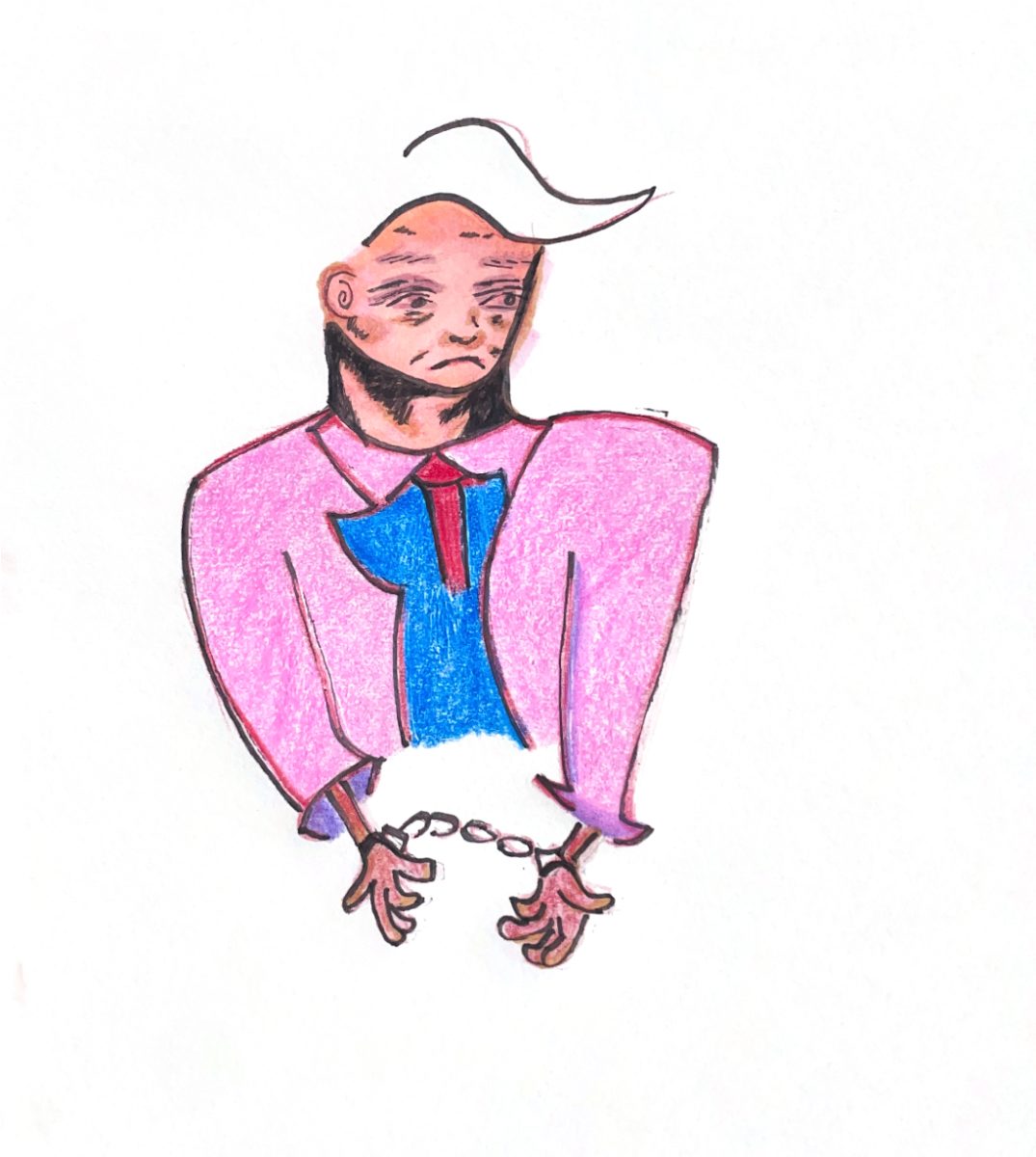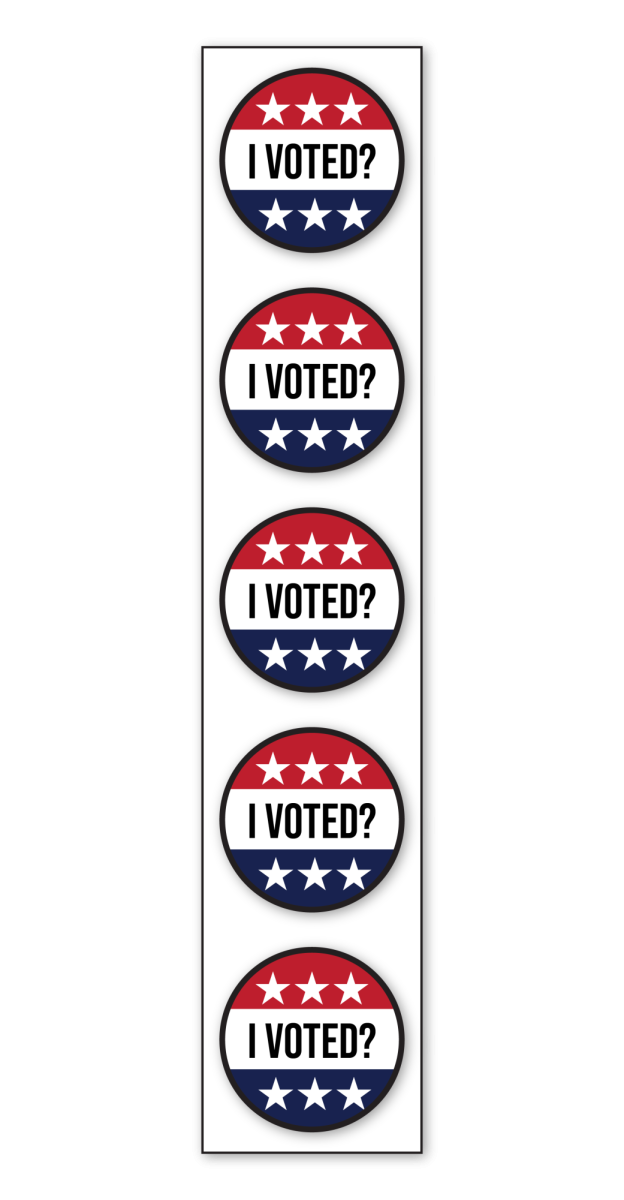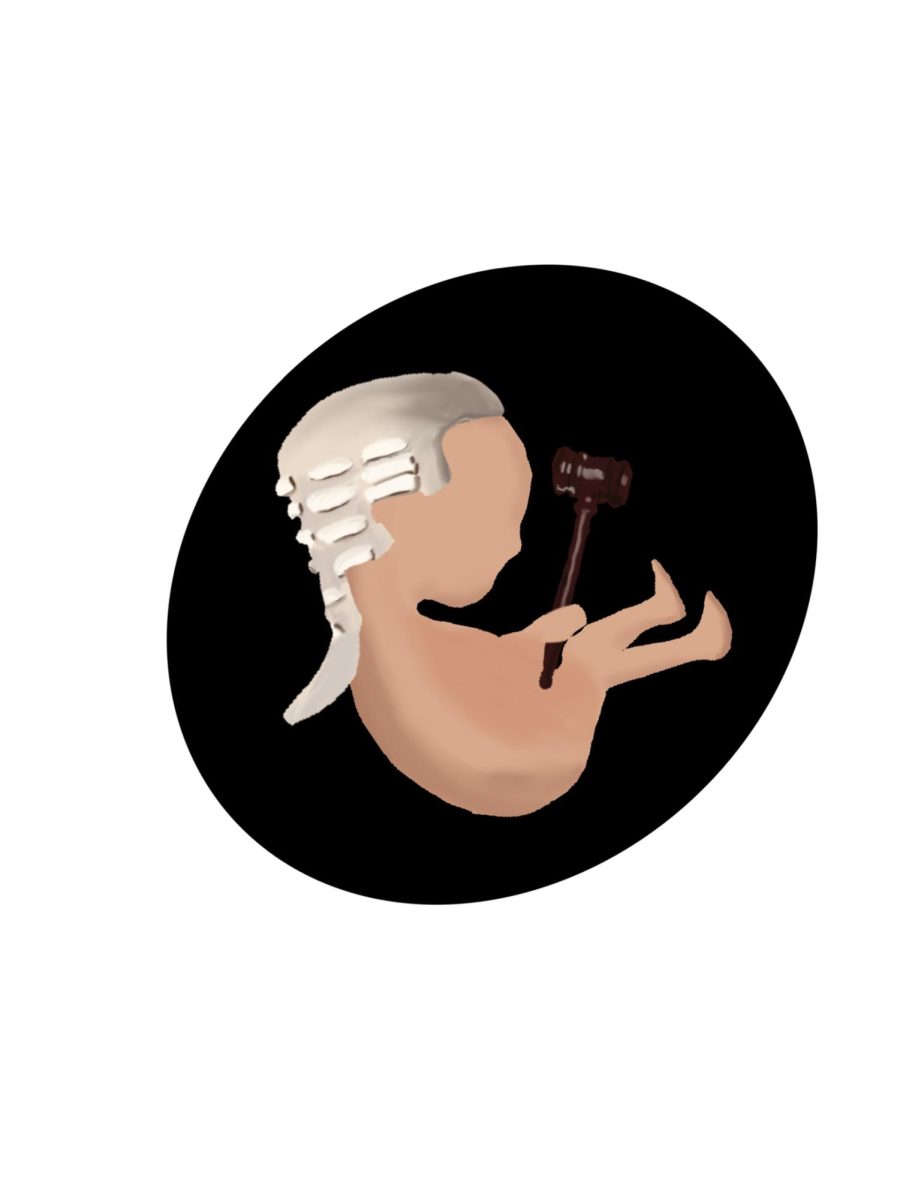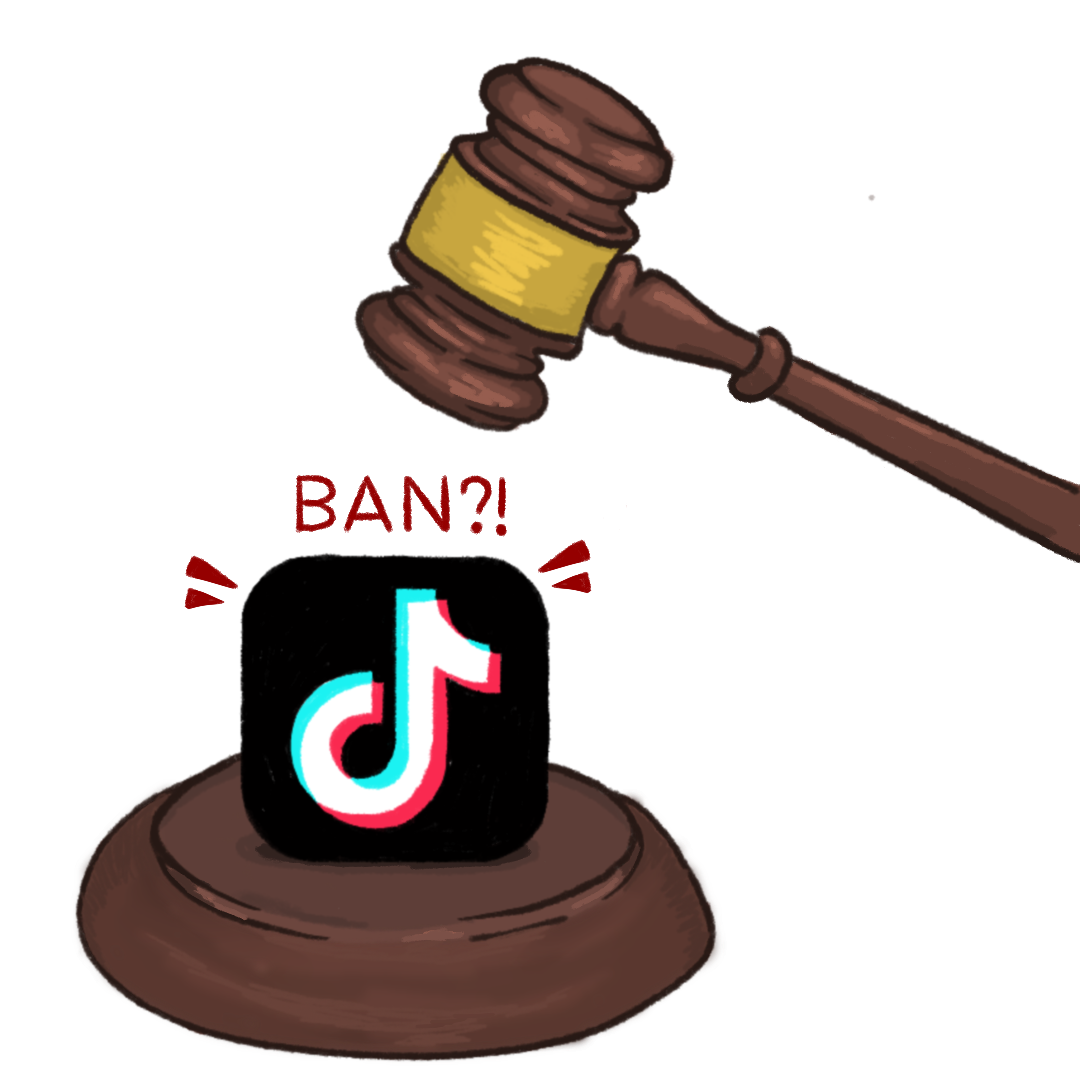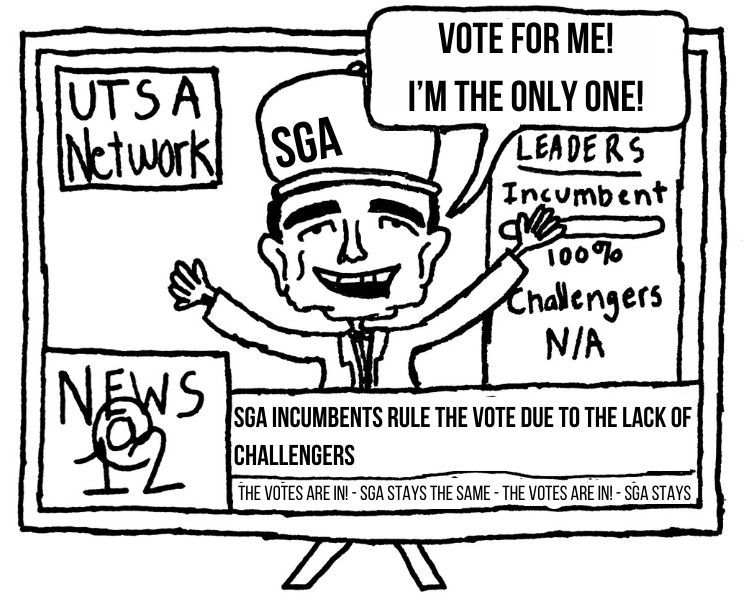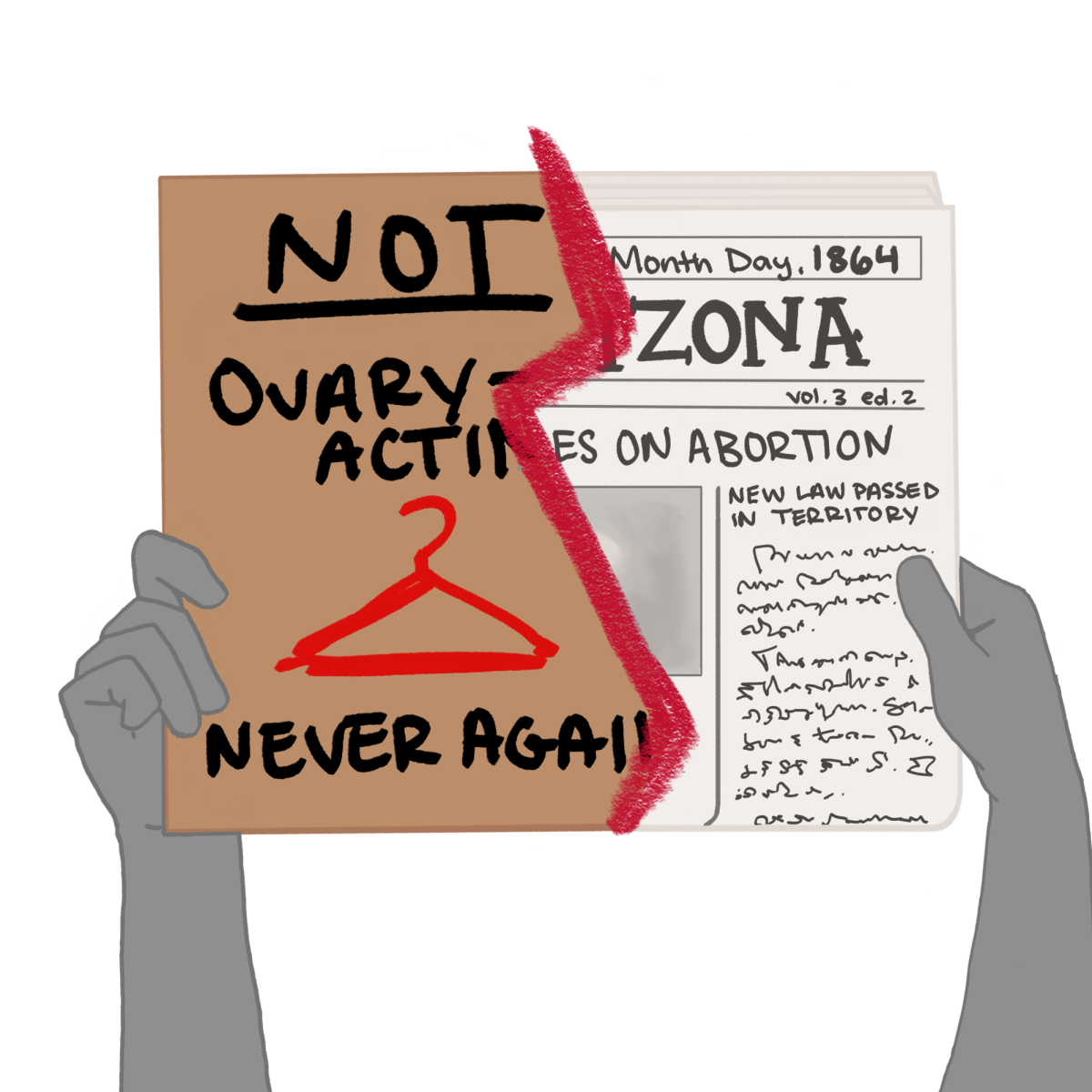Given the Supreme Court’s recent ruling upholding a state’s right to ban the use of race with regards to university admissions, it may be time to revisit the conversation regarding the reasoning behind “affirmative action.”
While the ruling on April 23 upheld the rights of voters to limit or eliminate the use of affirmative action on technical grounds, the fact of the matter is that affirmative action is a construct of a bygone era. While it was instrumental in bringing a measure of equality to an educational system that was separate, but most definitely not equal, that educational system is long dead and the tools that were used to bring about its demise no longer have a place in today’s world.
Nowadays, the main argument for affirmative action is not fairness and equality, but diversity in schools and in the workplace. This is an important and drastic shift. It means that we are no longer fighting injustices: rather, those who promote affirmative action are doing so to reach or maintain certain quotas that have been dictated to them, quotas that have no merit or grounding in the skills or abilities of those who are being judged by them.
This is harmful, both to groups that are “protected” by this policy and to those who are aren’t.
For example, it is quite easy to assume that minority students who attended prestigious schools did not gain the opportunity based on their merits, and merely got in because they ticked off the right race/ethnicity checkbox that was deemed “underrepresented” by whatever university they attended. These questions will haunt the students in and out of the educational environment. And these questions are hardly fair for those who indeed deserve the prestige afforded them, but whose accomplishments will be in question too, because no one will know whether they’ve earned their lot in life or were granted it by diktat.
On the other hand, there are those students who worked hard and went above and beyond the call of duty, only to find themselves placed behind less qualified candidates who were only granted their place in line due to the color of their skin instead of the content of their character.
This is as fair now as it was in the 1960s, though now we call it “affirmative” and switched around who gets in and who is left out.
None of this is to say that there are not serious issues of class and inequality that need to be addressed. All of this is to say that it is not the role of an anonymous admissions counselor to simply accept a student due to that person’s race, color, religion, sex, national origin, age, sexual orientation, disability or veteran status, in the same way that it is not the role of said admissions counselor to deny anyone based on their race, color, religion, sex, national origin, age, sexual orientation, disability or veteran status.
The issues that need to be fixed are not merely racial, they are socio-economic, and they are structural, and they cannot be fixed with outdated policies such as affirmative action.







